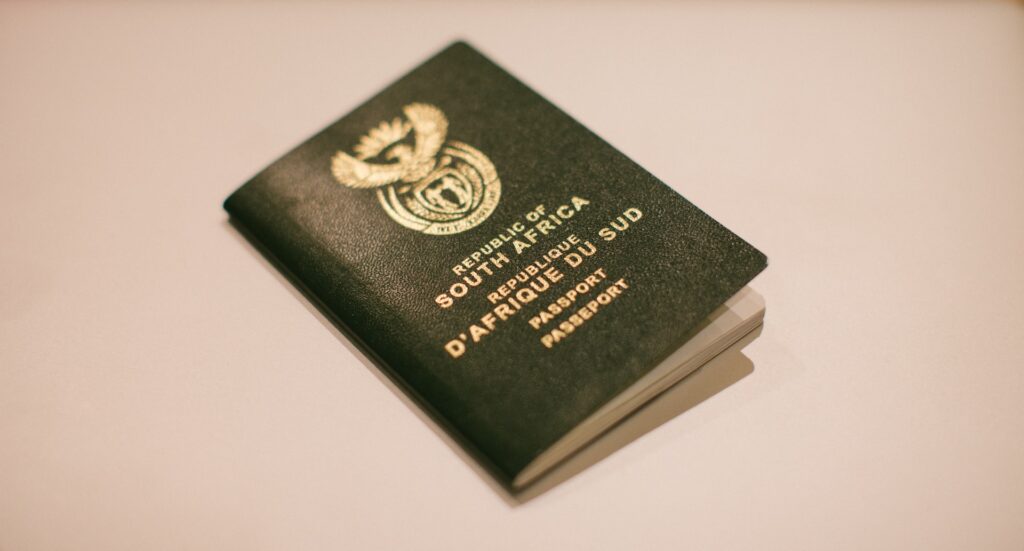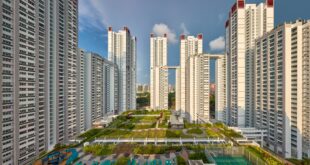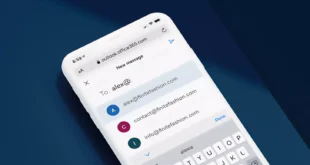Everyone should love their country but sometimes we’re looking for things our homeland cannot provide. There’s nothing wrong with striving for more and working in a foreign place is a positive experience in our book. If you have the opportunity for a better life in a different country, there’s nothing wrong with pursuing that idea.
Anyone who wants to visit the United States is probably already familiar with the concept of a “Green Card.” The official name for a green card is “A permanent resident card”, but people simply call it a green card because it’s easier. It does have a hint of green though, it’s just the palette they used for the design.
In today’s article we’ll explain everything there is to know about employment-based immigration, so without any further ado let’s jump straight to what’s worth hearing.
Table of Contents
The immigration laws of The United States

Currently, The United States law for everything related to immigration allows foreign citizens to become lawful and permanent residents in the US through official employment. To help you understand this better we’ll list the following things:
- EB-1 or also known as First Preference or Priority Workers
The highest priority for receiving a green card through employment have those who are proven to be experts in the science field, business, athletics, education, and arts. Professors and researchers, as well as managers and executives able to do their job in multiple different languages. If you categorize in any of these, you’ll be given priority.
- EB-2 or also known as Second Preference
If you have an advanced degree for a certain profession, possibly once that’s currently in a deficit in the area you’re applying for a job at, you’ll be given priority for a green card, but only compared to those from the EB-3. EB-1 always has priority over EB-2.
- EB-3 – The third preference with the least priority out of the first three

Don’t be discouraged if you are not categorized in EB-1 or EB-2, because it’s still possible to get permanent citizenship if you fall in the EB-3 category. This category consists of skilled workers and professionals.
Two more categories are not as popular as the first three we listed, but they may be useful for some.
- EB-4
This category includes religious workers and immigrant juveniles. If you are a religious worker and you’ve recently been offered official employment by someone in the US, you may get a green card by applying as a member of the EB-4 category.
- EB-5
Since investing is becoming more and more popular nowadays due to the increased amount of information we have on the internet, a lot more people are starting to benefit from the EB-5 category. This one is for foreign, immigrant investors. If that’s your profession, apply through EB-5. For more information, you can always view more here.
The requirements for the first three categories (EB-1, EB-2, and EB-3)
As we mentioned above, the first three categories are the most popular ones, so here are the requirements you must meet to apply for a green card through one of those:
- Properly filing the I-485 form, which serves as an application to register your permanent residence
- You must be physically present in the country while filing the form.
- You meet all the requirements for the immigrant visa
- You must accept the job offer your employer filed through the l-140 petition, a form that’s always required when you want to offer a foreign citizen a job in the United States
- There are a few more requirements that you can view on the official USCIS.GOV website.
To get the previously-mentioned immigrant visa, you need the following things:
- l-140 form that’s approved and filled by you
- An l-485 form was filled alongside the l-140 one, with the l-140 one being approved.
The time it takes to get your employment-based green card issued

Once again, this depends on how high or low the demand is for your particular category, but according to the statistics we have and the average time we know of, about a year for visas with low demand, and up to five years for visas with very high demand. Note that about 150.000 employment visas are being processed every year, which is not a small number.
For family preference green cards, the procedure can greatly vary in time, so from one to ten years depending on the circumstances.
If you want to get a green card through marriage, it takes somewhere between ten months and on some rare occasions slightly more than a year.
Consider the green card lottery as a possible option

There’s something called “A green card lottery”, which is an event that happens each year. It is organized by the US government and it may change your life forever if you manage to apply. A limited number of green cards is given to residents from countries that have a historically low rate of immigration to the US. If you are from such a country, try your luck, maybe you’ll end up winning permanent US citizenship without even being employed by someone who lives there.
Conclusion
Each year the United States government officially issues more than a million permanent residence passes also known as green cards. Although most of these are re-issues to people who already had a green card, as well as some families and family members of US citizens, a good part of that number are green cards handed out to workers from other countries who recently got employed in the United States.
A lot of people in 2024 are looking to immigrate so if you are looking to learn more on this topic you can check out i-immigrate.org a website that contains useful information for those willing to change their living location and get permanent US citizenship through immigration.
 World Magazine 2024
World Magazine 2024






